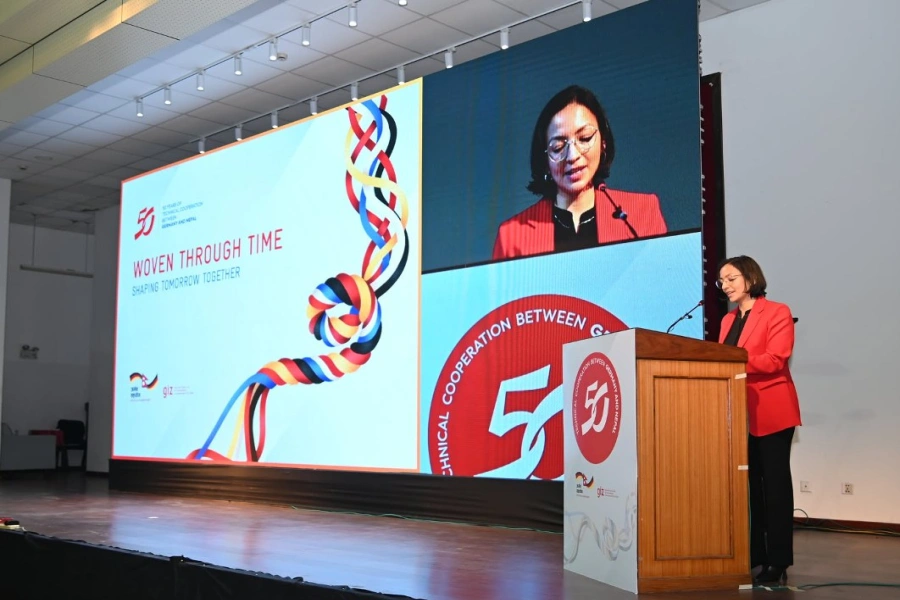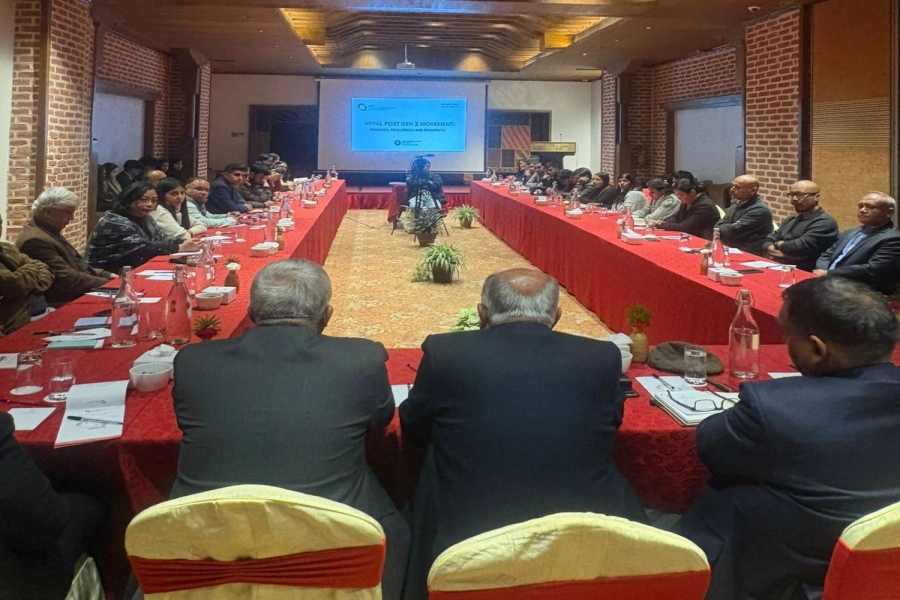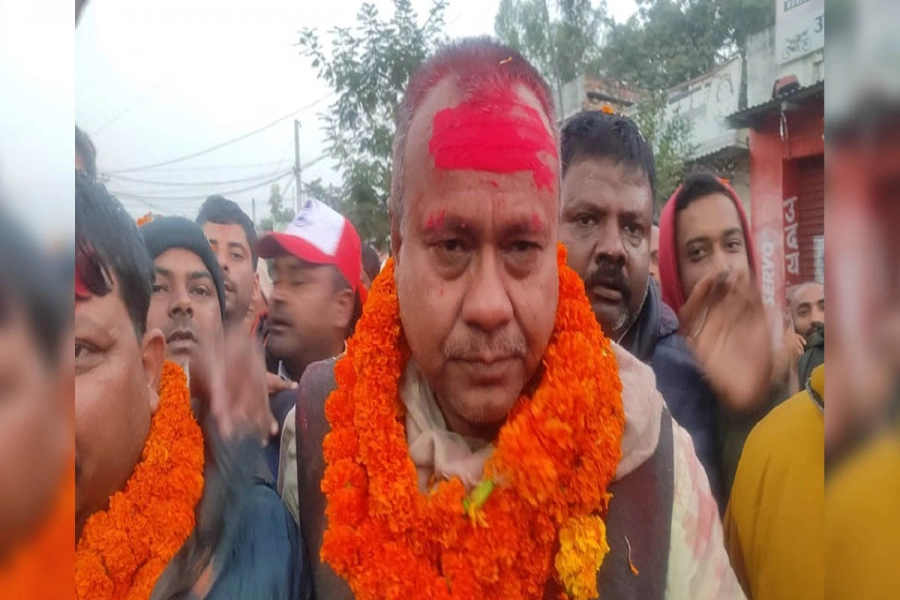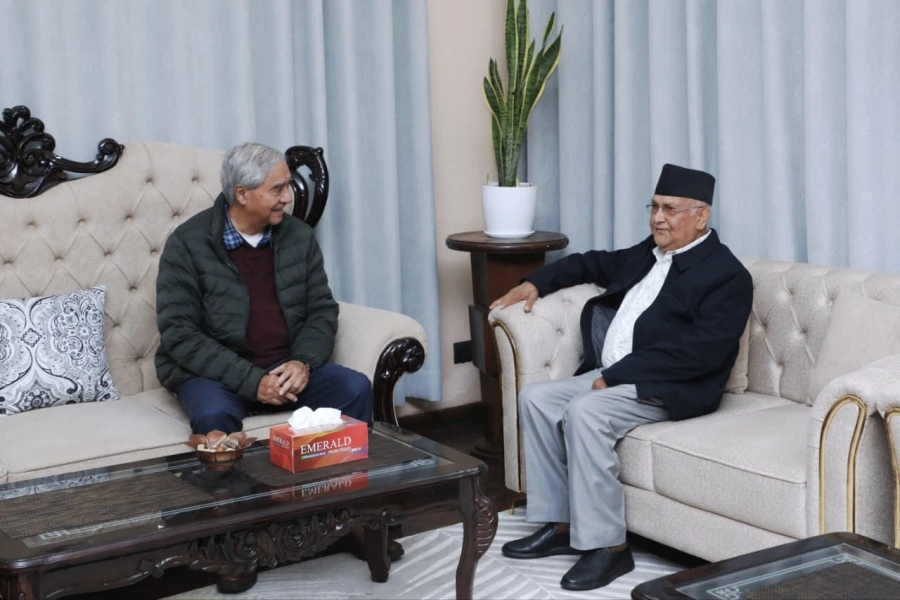In the midst of growing concerns about the functioning of federalism, the recent construction of seven extravagant liaison office buildings in Kathmandu for province chiefs and chief ministers (CMs) by the federal government raises serious questions about its priorities. This move not only goes against the principles of federalism but also signifies a misallocation of resources that could have been better utilized to address other pressing needs, such as constructing permanent structures for provincial assemblies and chief ministers within their respective provinces. The construction of these lavish buildings comes at a time when the country is grappling with economic hardships and fiscal challenges. The cost of building these facilities is staggering, with a whopping Rs 850 million spent on the construction of the liaison offices alone. Additionally, an exorbitant Rs 120 million was allocated for the interior decoration of these buildings. In the face of such expenditures, it is prudent to question the rationale behind building opulent structures that cater to the comfort of a select few officials while the broader populace contends with financial difficulties and essential services remain underfunded.
Residences built for province chiefs and CMs in Kathmandu again...

Critics of this move, including experts, former officials, and lawmakers, have raised valid concerns about the impact of such construction on the spirit of federalism. They have pointed out that this centralization of resources weakens the essence of federalism. The establishment of grand buildings for province chiefs and CMs in the capital not only concentrates power and authority but also contradicts the fundamental principle of devolution of power to provincial governments. This trend risks eroding the autonomy and decision-making capabilities of provinces, which is detrimental to the overall functioning of the federal system. Furthermore, the economic situation of the nation is far from stable. Borrowing to meet debt obligations has become a necessity for the government, and in such dire circumstances, allocating a considerable chunk of resources for the construction of ostentatious buildings is seen as a gross mismanagement of funds. This is an unproductive utilization of resources that could have been channeled toward more pressing needs, such as improving healthcare infrastructure, education, and creating employment opportunities.
Building monumental structures in Kathmandu does not contribute to the decentralization of power and administrative functions, which is the cornerstone of a functional federal system. Instead, it only deepens the divide between the center and the provinces, further straining the delicate balance that federalism aims to achieve. In a country with limited resources and pressing needs, such extravagant structures seem out of touch with the immediate priorities of the populace. In the past, the government rented accommodations for province chiefs and CMs in Kathmandu, incurring substantial monthly expenses. However, the decision to build these new liaison offices was touted as a cost-saving measure, with the promise that the government would no longer need to rent apartments for these officials. While this might appear to be a positive step, the exorbitant initial expenditure and ongoing maintenance costs of these buildings raise doubts about the actual fiscal benefits in the long run. As a newspaper, we believe the construction of lavish liaison office buildings for province chiefs and CMs in Kathmandu reflects a misguided set of priorities on the part of the federal government. This move not only contradicts the essence of federalism but also diverts valuable resources away from more urgent and practical needs. As the nation grapples with economic challenges and strives to uphold the principles of decentralization, it is imperative that the government reevaluates its allocation of resources to align with the pressing needs of the people and the fundamental tenets of federal governance.





































